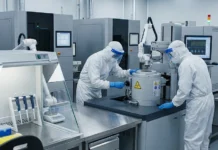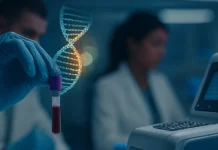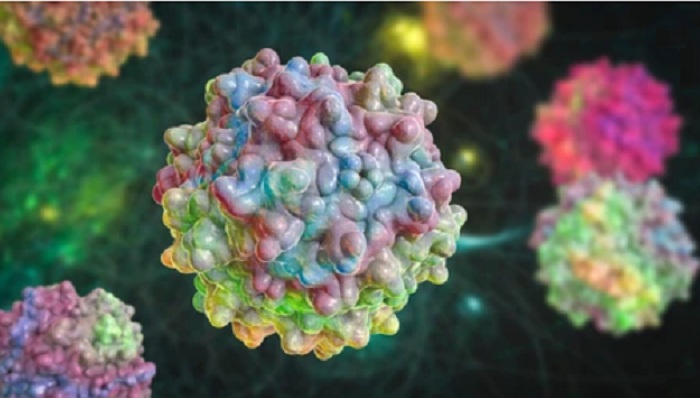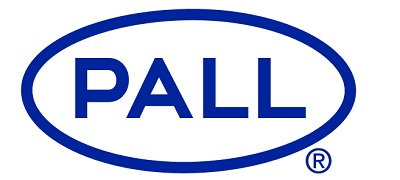Marvel Comics are full of stories that tell us of the power, and often the danger, of genetic manipulation. But can they be a useful metaphor for describing some key principles for modern gene therapy?
Superheroes can typically be divided into two varieties. Those that are born and those that are created, either deliberately or through some form of accident.
Those that are born have abilities that may be endowed through natural genetic mutations, such as Professor Xavier and many of the characters in the X-Men universe. Together with natural selection this has driven evolution over millennia to create the wonderful diversity of life that we are part of on the third rock from our not-so-uncommon sun.
With a tighter lens and a shorter time frame, real-world mutations can result in many conditions that can have a massive impact upon the lives of those affected and that we want to correct or overcome. The same naturally- occurring mutations also give rise to different strains of virus such as all the coronavirus variants that have affected the lives of all of us these last 18 months and are currently threatening our return to normal life. Some may argue that these changes may not have been so natural, but this is not the forum to debate this topic.
Instead, let’s look at those superheroes that have change forced upon them through various means as a metaphor for genetic therapies.
Let’s start with The Hulk. Dr Bruce Banner was exposed to gamma rays (radiation) in an accident that ultimately saw his transformation into The Hulk when subjected to emotional stress. Radiation from many parts of the electromagnetic spectrum is known to induce DNA damage and mutation. This has been leveraged by scientists as a way to create random genetic mutations that may alter the way an organism might function. From a pharmaceutical perspective, these mutations have been exploited to enhance the biological manufacture of critical drug products. For example, as part of the commercialization of penicillin there was a desire to create more potent strains of Penicillium mold. One avenue pursued was random mutation through gamma radiation. Together with a host of other developments and a massive drive throughout World War II, antibiotics rapidly increased from a few thousand doses early in the 1940s to the 50 billion doses now consumed every year. Less random methods to achieve a desired genetic change are clearly beneficial. In the 1980s, the molecular biology revolution enabled the transfer copying of genes from one organism to another and cells were modified to produce various proteins and antibodies. These early processes established the foundations of the biotech industry. Now, the ability to target and deliver genetic changes that alter the function of the target cells for therapeutic gain, are the foundation of gene therapies. In comparison to The Hulk, Steve Rogers’ transformation into Captain America is clearly a more targeted and controlled change.
So, just as Dr Banner’s strength was vastly increased after a random mutation caused as a result of an accident, or Steve Rogers’ strength was similarly but deliberately enhanced, other, more microscopic biological processes can be genetically altered to change their function. This may result in becoming stronger or more productive through deliberate and careful changes using a variety of methods.
Both The Hulk and Captain America were directly altered but is this always the only way? Well, in the final example, let us consider the origin of Spider-Man.
At first sight we may miss how or why this may be different, but we should not forget that Peter Parker became Spider-Man after being bitten by a radioactive spider. So, there was an intermediate step. The spider was first altered by radiation and then the spider altered the young scientist and photographer and set him on a path towards what we now see as our friendly neighborhood Spider-Man. In gene therapy terms, we can consider the spider as a vector that delivers a genetic sequence to a target cell. Just as for the spider, this vector may itself be genetically altered such as a viral vector but there are other non-biological vectors such as lipid nanoparticles. For the moment, let’s focus on the analogy between the radioactive spider and a viral vector.
Nor the FDA condone such slack biological controls, but imagine that there was more than one spider that was lose in the laboratory on the day that Peter Parker was visiting. Perhaps Peter was the only one that was bitten, or perhaps more people were bitten but only one of the spiders had actually been altered by radiation. If we think of the group of people as a connected group of cells, and that there was a deliberate act to get the spiders to bite people, we are getting closer to the real work scenario and challenge associated with using vectors (especially viral vectors) to deliver genetic material into the target cells.
Imagine that there was an infestation of a hundred spiders and only one that was radioactive. If this was a deliberate attempt to infect everyone in the room, it would almost certainly fail. But if there was some way of breeding more spiders and separating them based on their radioactive nature the perpetrator of such a release could ensure that more people were bitten and transformed. This is a real-world challenge, and the successful transfection of cells to produce viral vectors (making the spiders radioactive) is not always a highly effective process. Therefore, methods to separate the radioactive spiders (viral vectors with full capsids, carrying the genetic payload of interest) from other spiders (those that are empty) are vital to ensure that as many cells are transduced as possible.
Lastly let’s consider a mass spider release but this time, imagine that the lab carried a sign saying, “beware dangerous spiders”. When people enter the lab they may naturally be alert to the possible presence of spiders, as our immune system may naturally be alert for all biological threats. If there were hundreds of spiders it only takes one person to see a single spider on the loose and the defences really start to function. This is also true of our immune system and our immune system is capable of rapidly mounting a defence once a threat is established. So for our lab full of visitors, now all on alert, Peter Parker can swing his camera bag to kill a great number of spiders. The likelihood of being bitten by the radioactive spider is becoming smaller by the minute.
So, for our real-world scenario there is a small window of opportunity for a vector (the radioactive spider) to transduce a target cell (Peter) without triggering a massive immune system (his camera bag). A large number of empty capsids (non-radioactive spiders) increases the magnitude of the immune response likely to deliver the necessary number of transductions (bites). This both decreases the likelihood of the effective transfer of the DNA payload (biting before being squashed by the camera bag) and increases the undesirable effects of mounting such a massive immune response (the collateral damage of a swung camera bag in a lab with sensitive equipment).
Increasing the proportion of full capsids reduces the total dose required allowing transduction of the desired number of cells without over stimulating the immune system and reducing the likelihood of an undesirable immune system related side-effect. This is a highly convoluted analogy, but a very real challenge and authorization for some gene therapies has been delayed for precisely this reason, it’s clearly an immediate opportunity for improvement.

Author Details:
Mark Ayles
Senior Marketing Manager
Pall Life Sciences





















